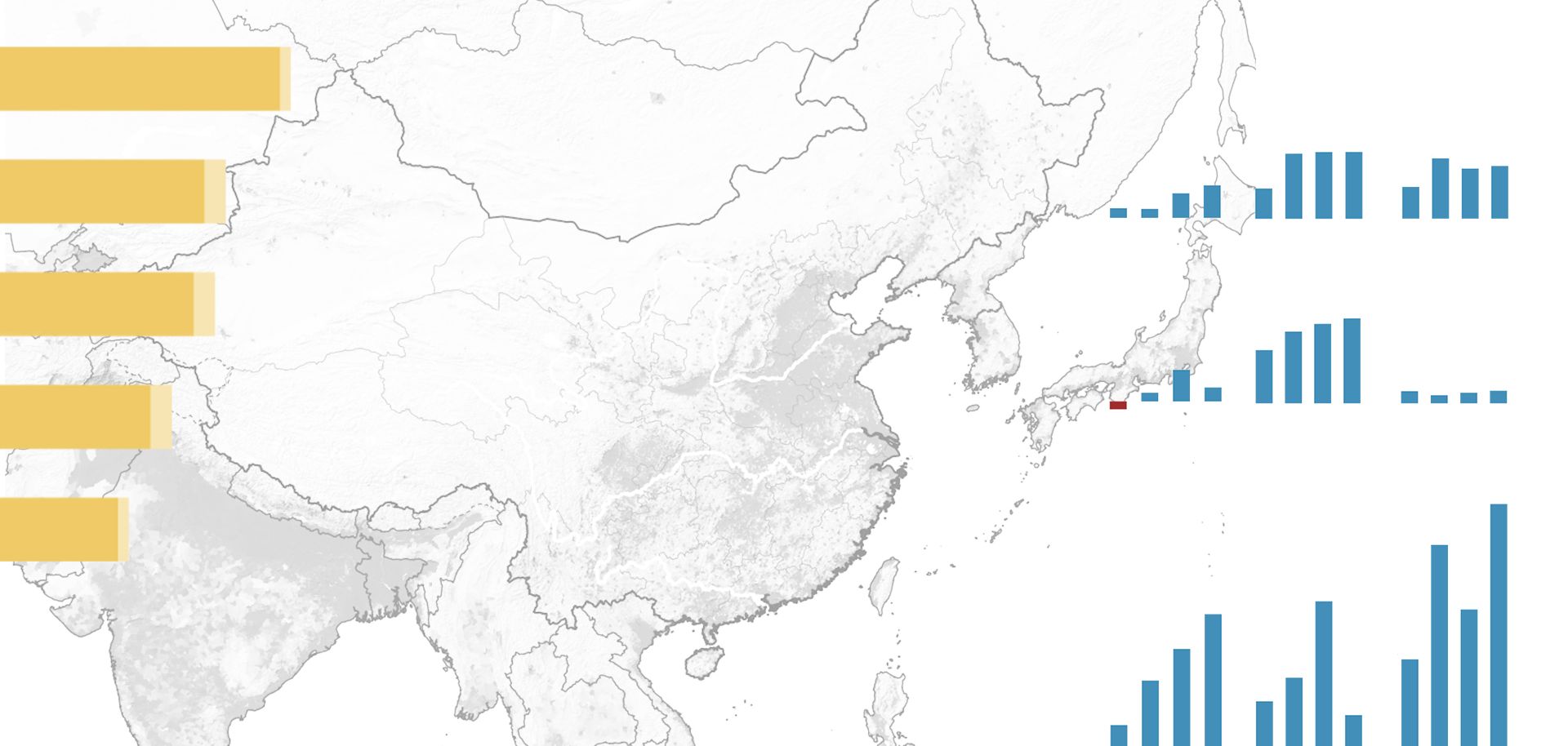
Central Asia has numerous important links to Afghanistan that will open the region to significant effects after the upcoming U.S. and NATO drawdown. First and foremost, Central Asia is linked to Afghanistan geographically; Turkmenistan, Uzbekistan and Tajikistan share borders with Afghanistan that collectively span more than 2,000 kilometers (about 1,240 miles). Central Asia and Afghanistan also have important demographic ties.
Because of the geography of the border areas, interaction and movement between the peoples of Central Asia and Afghanistan has historically been difficult to stop. Furthermore, the Soviet invasion of Afghanistan from 1979 to 1989 created direct interaction between the Soviet Tajiks, Uzbeks and Turkmen and their ethnic cohorts in Afghanistan, with many of the former participating in Soviet military operations (in large part because of their ethno-linguistic ties). The Soviet Central Asians' exposure to their more tribal and religious Afghan counterparts created a lasting impression among many Central Asians.
The Soviet withdrawal from Afghanistan and the collapse of the Soviet Union only two years later created a dramatically new environment both within Central Asia and within Afghanistan. In 1991, the Central Asian states of Turkmenistan, Uzbekistan and Tajikistan (along with Kyrgyzstan and Kazakhstan farther north) became independent states for the first time in modern history. Despite official Soviet policy to suppress religious activity, many Central Asians were practicing Muslims and even Islamists, which explains how Islamism took root in the region shortly after the Soviet collapse. Meanwhile, Afghanistan descended into internal conflict with the withdrawal of the Soviets and the declining assistance from the United States. The eventual result was the rise of an Islamist group, deriving from the Pashtuns based in southern Afghanistan, known as the Taliban.



